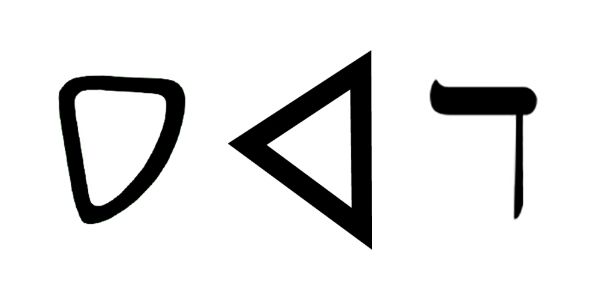« Back to Glossary Index
Synonyms:
𐤃
The letter dalat (𐤃) or D/d is the fourth letter in the Afroasiatic language known as Paleo-Hebrew (Ābarayat). The letter has been equated with the letter D in the English language. The dalat (𐤃) is one of the few letters that have a consistent association with both Paleo-Hebrew and Modern Hebrew. The letter is based on a glyph of the Middle Bronze Age alphabets, probably called dalt “door” (door in Modern Hebrew is deleth).
Extended Study for 𐤃 (d)
To read the study guide entry that elaborates on 𐤃 (d) then join our Extended Study Membership at https://www.paleohebrewdictionary.org/extended or use phdict.org/extended to share a short link with others.





